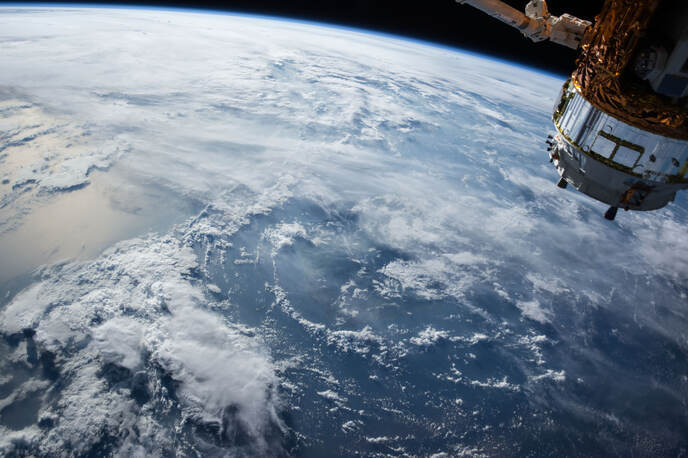NextGEOSS – Towards a European Earth Observation data hub and platform
Through Earth Observation programmes such as Copernicus(opens in new window), Europe is gathering substantial amounts of data on the planet’s physical, chemical and biological systems. To make this data usable by citizens, developers of Earth Observation-based applications and services transform the data into useful information. This is a challenge where NextGEOSS(opens in new window), a European Earth Observation data hub and platform, can help. “We are defragmenting the ecosystem of Earth Observation data platforms and infrastructures, making it easy to discover, access and process data,” says NextGEOSS coordinator, Nuno Catarino from Deimos(opens in new window). “In doing so, we’re accelerating the development of the next generation of Earth Observation services for environmental monitoring, for example helping to ensure food security, monitoring air quality and contributing towards sustained urban development.” NextGEOSS provides a European catalogue of Earth Observation data(opens in new window) as a data hub for the discovery and cataloguing of data and services. In addition, a unique one-stop platform(opens in new window) provides developers with a range of individual but interoperable services, including cloud integration, user management, analytics and cloud bursting.
An important role of Earth Observation for biodiversity
The NextGEOSS consortium included representatives from 10 Earth Observation communities, each addressing societal challenges such as biodiversity. These researchers and application developers designed services for their community using the NextGEOSS data hub and platform and gave iterative feedback to the project. In doing so, they co-designed the NextGEOSS system and ensured that it finally met the needs of the different communities. “Researchers are looking for methods to assess the impact of humans on biodiversity at different scales: local and global,” adds Elnaz Neinavaz, a researcher at the University of Twente in the Netherlands. The essential biodiversity variables (EBVs) are key variables to be monitored in order to study, report on and manage biodiversity change, a key concern of the Group on Earth Observations – Biodiversity Observation Networks (GEO BON)(opens in new window). “The majority of EBV products were generated using Earth Observation data with coarse resolution. In the NextGEOSS biodiversity pilot, we generated remote sensing products using high-resolution satellite data,” says Neinavaz. She and her colleagues also developed a high-resolution Leaf Area Index, one of the most important remote sensing-enabled EBVs, using the NextGEOSS data hub and platform services. “Our work with NextGEOSS deepened our understanding of how we can use cloud computing to better leverage Earth Observation data,” Neinavaz explains. Another partner in the biodiversity pilot is Wageningen Environmental Research(opens in new window) (WENR), which also coordinates the European Vegetation Archive(opens in new window) (EVA). Sander Mucher (pilot coordinator) adds: “The EVA plays a very important role as an in-situ data source for modelling the distribution of European habitats(opens in new window) in combination with environmental data sets and remote sensing-enabled EBVs which are accessible through the NextGEOSS data hub.” The biodiversity pilot demonstrates the usefulness of the NextGEOSS data hub in providing access to different types of data, and processing these on the platform into useful products for the community. The biodiversity pilot results(opens in new window) allow users to find and harvest continuous and ancillary EBV products provided by various space agencies and national and international organisations.







